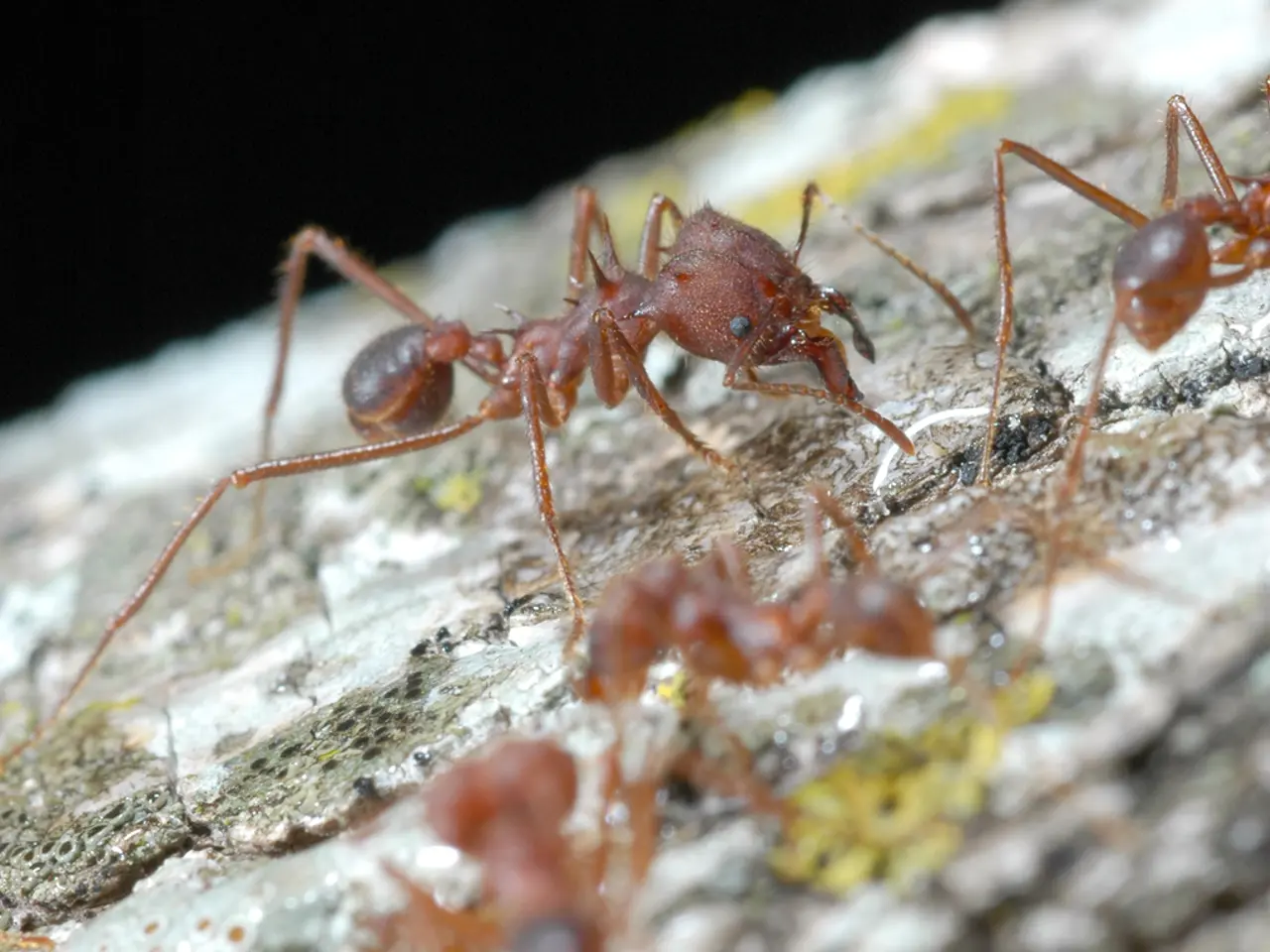Emergence of a new variant: The "Russian" form of the COVID-19 virus has surfaced
The latest variant of the coronavirus, nicknamed the "Russian" variant or XFG, has been gaining attention in recent reports. This recombinant Omicron subvariant is a product of two existing subvariants, LF.7 and LP.8.1.2, and has been on the rise globally, particularly in regions such as India, Spain, the UK, the US, and Southeast Asia.
The XFG variant boasts four significant mutations in its spike protein, the key part of the virus responsible for attaching to human cells. These mutations, compared to related variants, are associated with some ability to evade certain classes of antibodies, linked to the immune response. Laboratory studies using pseudoviruses suggest a 1.9-fold reduction in neutralization compared to related strains, indicating some immune evasion. However, vaccinated mice produce neutralizing antibodies at levels similar or modestly lower than with other variants.
Since its earliest detection in January 2025, the XFG variant has grown rapidly. By late June 2025, it accounted for roughly 22.7% of global SARS-CoV-2 sequences in 38 countries. In the US, it represented about 14% of sequenced samples as of June 21, 2025. Cases and hospitalizations are rising in locations where XFG is prominent, especially in Southeast Asia. However, there is no clear evidence of increased severity or mortality rates linked specifically to this variant so far.
The World Health Organization (WHO) has designated XFG as a “variant under monitoring” (VUM) with an initial risk assessment of low additional public health risk globally. Existing COVID-19 vaccines are expected to remain effective against symptomatic and severe disease caused by XFG. Confidence in these assessments is currently limited due to the cutting-edge nature of the data, ongoing evolution, and relatively low levels of sequencing in some regions.
Separate research efforts continue to monitor SARS-CoV-2 evolutionary dynamics using genome-wide and spike gene data to forecast dominant strains and inform vaccine updates. Studies also focus on developing new therapeutics that can broadly neutralize multiple variants despite ongoing mutations.
The "Russian" variant shares common mutations with the "British" strain, but also has newly acquired ones. If the "Russian" strain has not gained wide spread and was found in only one patient, it might not have acquired dangerous mutations and may only be able to survive in bodies with weakened immunity.
In summary, the so-called "Russian" variant, XFG, is a recombinant Omicron offshoot showing moderate growth advantage and some immune evasion, but currently poses a low risk for increased severity or mortality. Ongoing global surveillance and vaccination efforts remain critical to control its spread and impact.
- The XFG variant, a recombinant Omicron subvariant, has shown some ability to evade certain classes of antibodies and has a 1.9-fold reduction in neutralization compared to related strains, raising concerns about its impact on medical-conditions and chronic-diseases, particularly in the context of health-and-wellness.
- While the "Russian" variant, XFG, is currently classified as a "variant under monitoring" by the World Health Organization, with no clear evidence of increased severity or mortality rates, its potential to evade the immune response and its ongoing evolution necessitate continued vigilance and scientific research for the development of broad-spectrum therapeutics and updates to existing vaccines.




